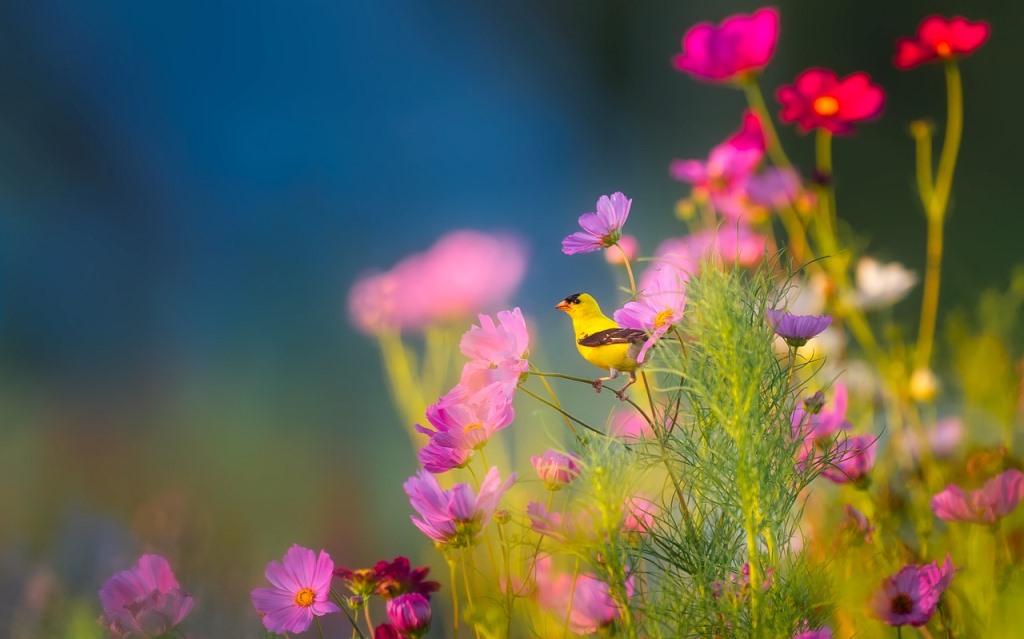Environment and resource problems can seem hopeless at times, especially when governments abandon all pretense of good governance. Before we stop off at the local fast food joint and order a final “Ennui Meal” with extra bathos, it might be best to stop and think of the solutions rather than just the problems.
Restoration ecology embodies the highest aspiration in academia or practice – the act of creating something positive. Something new yet something that is a callback to natural and cultural heritage. Something greater than ourselves and something that is created with the knowledge it will long outlive us and be a true legacy.
If that sounds grandiose, it is. I make no apologies for that.
Born of an ethical imperative to conserve that which not only sustains us but sustains so much of what cannot speak or self-advocate, restoration ecology addresses the legitimate outcomes of the human need to use resources and sometimes the worst excesses that lead to degradation and destruction.
“Restoration ecology turns what is terrible into what is inspiring,” says Kylie McLeod in her Master’s thesis.
It is art and it is science. It is technically difficult, requiring vast knowledge of biophysical processes, rather advanced experimental designs, and often puzzling statistical analyses. Restoration ecology is about planning, governance, law, economics, business cases, and deliberate choices that lead to compromises of land and water uses and purposes.
Those compromises can be cheered, or they can divide, eliciting cries of “sell-out” from one camp and “tree-huggers” from the other so one grows a thick skin. Language (like I’ve used) will attract swarms of well intention colleagues raising warnings of the arrogance of a belief in the ability to fix nature.
But that’s still ignoring the real purpose of restoration ecology: to create and to heal.
Restoration ecology embodies what the University of Waterloo‘s School of Environment, Resources and Sustainability (SERS) focuses upon – seeking solutions to complex socioecological problems that are both acute and systemic.
Restoration ecology offers students the opportunity to change the world in small increments or large pieces of a still-larger puzzle, finding that inspiration in places that range from our own “backyard” of Waterloo and southern Ontario to all parts of the globe.
That’s what the students in my research and learning groups and courses have done for these many years and they have gone onto influence so many others – the true meaning of “pay it forward”.
Photo of goldfinch among wildflowers is by David Mark from Pixabay.
This article by Stephen Murphy originally appeared on the University of Waterloo SERS website. Reprinted here (with minor edits) by permission.

